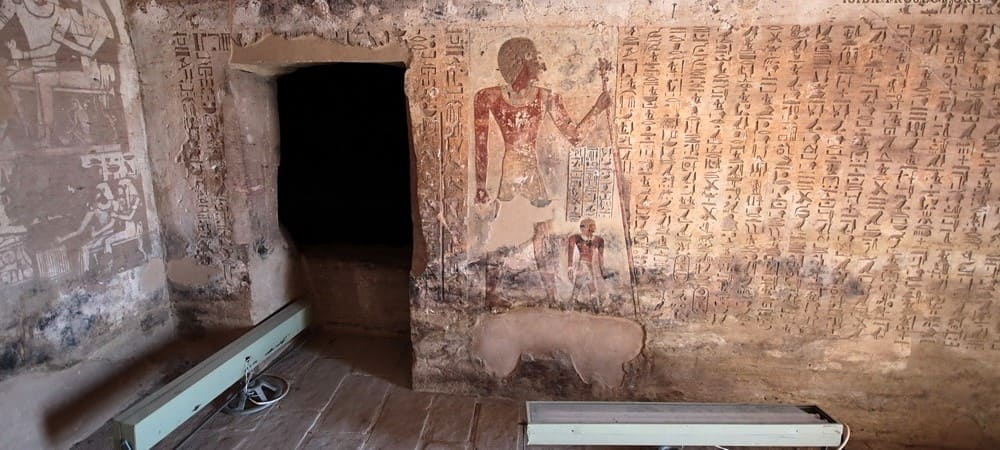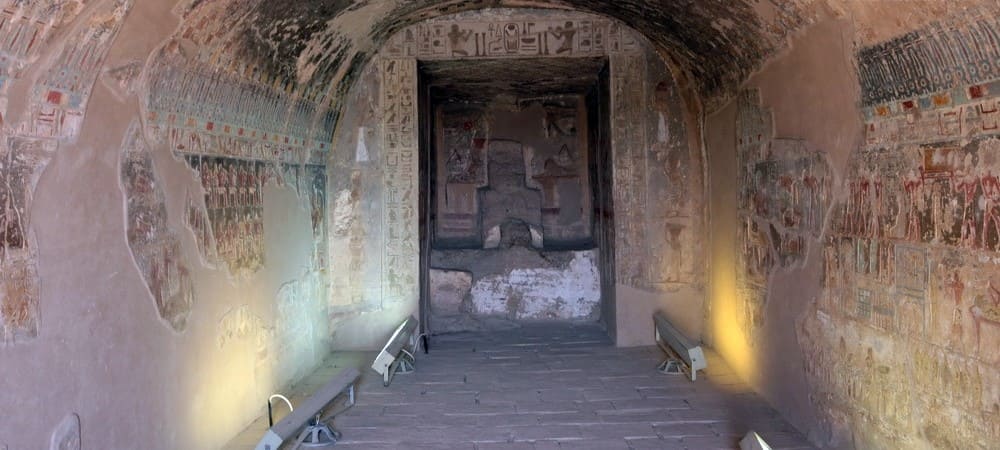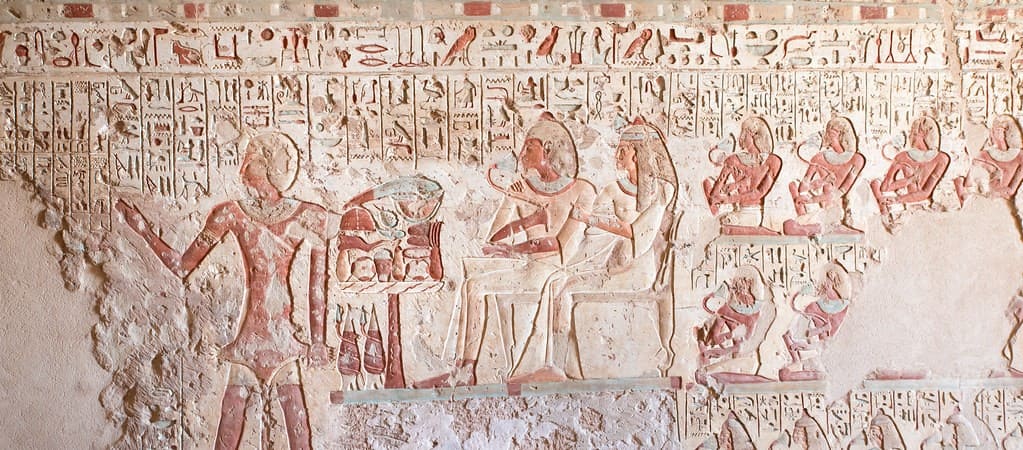The Ancient El Kab Tombs
El Kab is an ancient city located on the east bank of the Nile in Upper Egypt, about 15 km north of Edfu and 80 km south of Luxor. This site holds a rich history that dates back to the Predynastic Period of Ancient Egypt, making it one of the oldest inhabited cities in Egypt. The city was a significant religious and political center, housing prehistoric and Pharaonic settlements, rock-cut tombs of the early 18th Dynasty, remains of temples dating from the Early Dynastic period to the Ptolemaic period, as well as part of the walls of a Coptic monastery. Its ruins offer valuable insights into the various civilizations that inhabited it over the centuries.
.png)
The History of El Kab
El Kab, known in ancient times as Nekheb, was a prominent city during the early dynastic periods and the New Kingdom. Dedicated to the vulture goddess Nekhbet, El Kab was a religious center and a hub for administration and trade. It played a crucial role in the political and spiritual life of Upper Egypt. Its strategic location made it a focal point for commerce and military activities, particularly during the formative periods of Egyptian history. The site includes not only tombs but also temples, settlements, and defensive walls, reflecting its importance across various eras.
The city’s ruins provide a wealth of information about the various civilizations that inhabited it, offering valuable insights into their religious beliefs, political structures, and daily life. Several civilizations have inhabited El Kab, each leaving its mark on the city. The earliest evidence of habitation dates back to the Predynastic Period. It was also inhabited by the Romans, who built a fortress in the city. The city continued to thrive during the Ptolemaic and Roman periods, as evidenced by the numerous Greco-Roman tombs found in the area. Today, El Kab is recognized as a UNESCO World Heritage Site, a testament to its historical significance and the rich cultural heritage it preserves.
The Tombs of El Kab
El Kab is home to a remarkable collection of ancient tombs belonging to officials and dignitaries of the New Kingdom and offers a unique window into Egypt's storied past. These tombs, carved into the cliffs just northwest of the town of El-Kab, are renowned for their artistic brilliance. The wall paintings are executed with extraordinary skill and use a palette of vibrant colors that have remarkably endured the test of time. These artworks depict everything from the tomb owners' professional achievements to intricate scenes of the afterlife, reflecting the Egyptians' beliefs and values. The inscriptions, written in hieroglyphs, often include autobiographical texts that enrich our understanding of their personal lives and broader historical events. Some of the most notable tombs include:
Tomb of Ahmose, son of Ebana

Ahmose was a distinguished naval officer during the end of the Seventeenth Dynasty and the beginning of the Eighteenth Dynasty. Ahmose registered his biography in paintings on the walls of his tomb beside the traditional scenes of a deceased accompanied by his wife and other scenes of offerings.
Tomb of Paheri
Paheri served as the mayor of El Kab and an overseer of priests during the reign of Thutmosis III. The tomb measures 8.30m long, 3.80m wide and 3.50m high. As the most celebrated tomb in El Kab, the Tomb of Paheri is full of colorful scenes depicting vivid daily life, scenes of family banquets, and ritual activities. These scenes offer a detailed snapshot of life in ancient Egypt, highlighting the societal roles and daily routines of its people.
Tomb of Renni

Renni was the chief of the police in El Kab and Overseer of the Priests of Nekhbet during the reign of Amenhotep I, at the beginning of the Eighteenth Dynasty. His tomb is carved in a sandstone cliff in the north-west of the ancient city of Nekheb - the capital of the III Nome of Upper Egypt. It reflects his prominent position and responsibilities. The intricate artwork and inscriptions illustrate his duties and his reverence for the gods, emphasizing the close relationship between religious and civic duties in ancient Egypt.
Tomb of Setau
Setau was a high priest of the goddess Nekhbet during the reign of Ramses III in the Twentieth Dynasty. His tomb is distinguished by its architectural elegance and detailed inscriptions that highlight his religious duties and devotion to the gods. It is heavily damaged, but its walls are decorated with a few interesting scenes of celebrations for the pharaoh's 30th year on the throne and the goddess Nekhbet in her sacred boat guarded by a vulture while sailing down the Nile.

In conclusion, El Kab Tombs is a testament to ancient Egypt's rich and multifaceted history. They provide a window into the past, showcasing the artistry, religious devotion, and the lives of the various civilizations that have inhabited it, from the Presynaptic Egyptians to the Romans. For those seeking to delve deeper into Egypt's rich heritage, a visit to El Kab is an unforgettable journey into the heart of antiquity.
Also: see our tours to Luxor and Aswan from Here